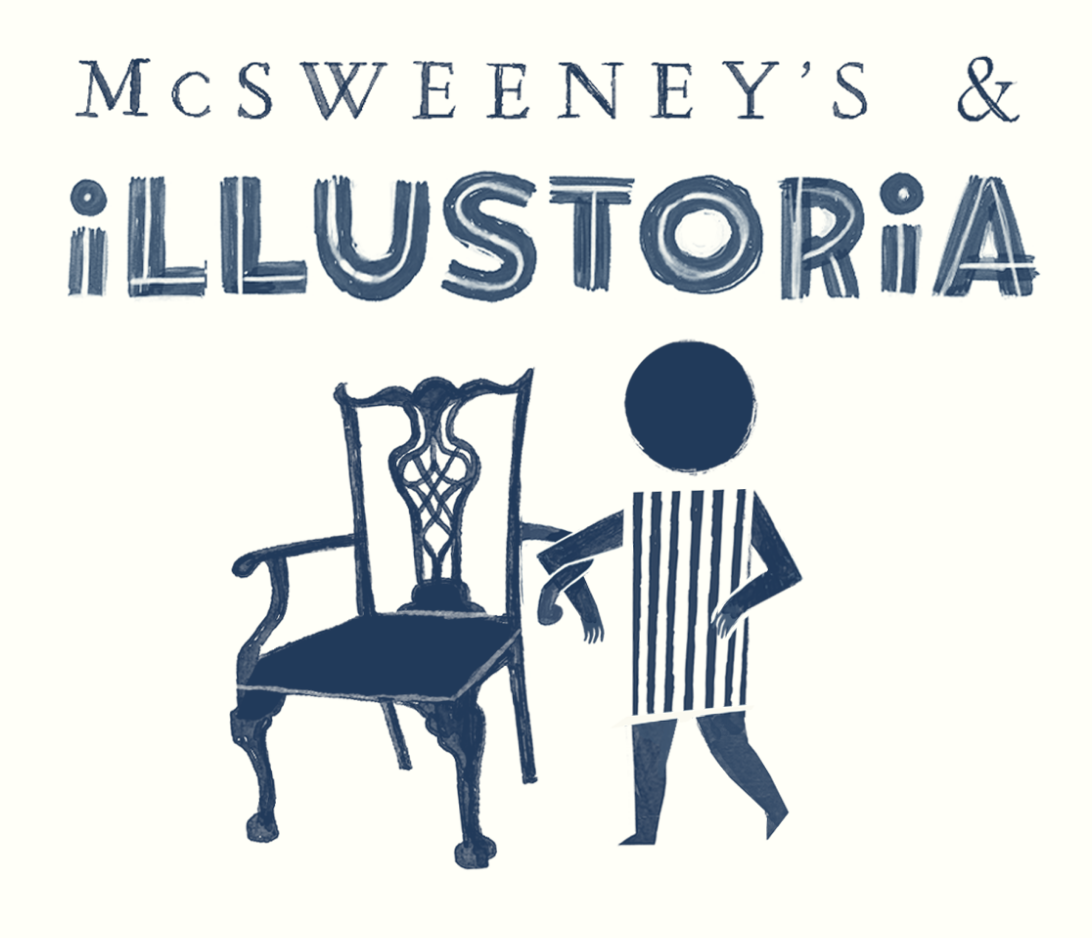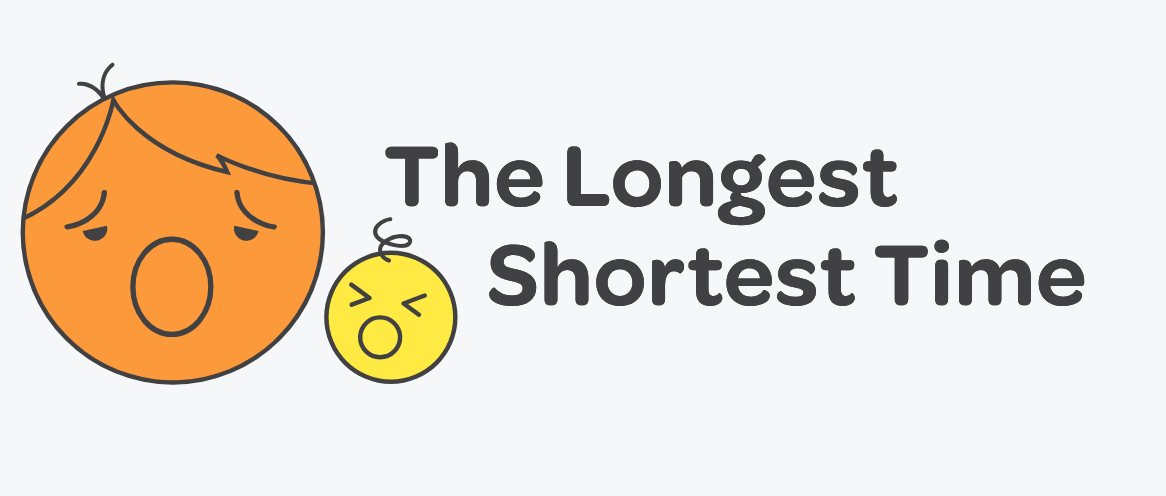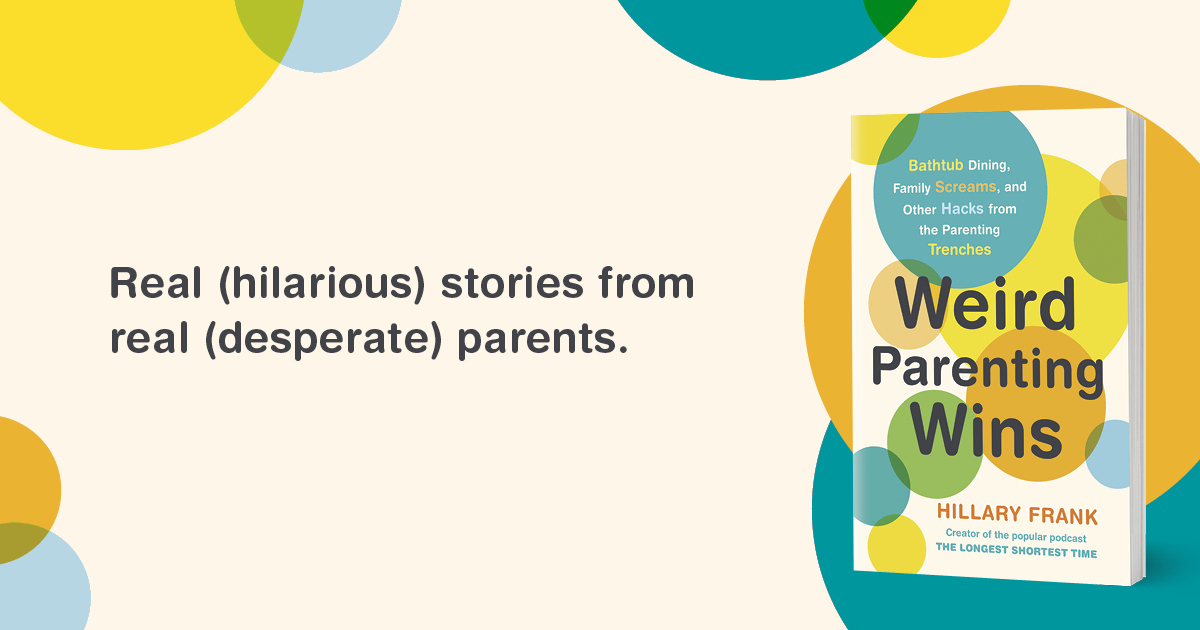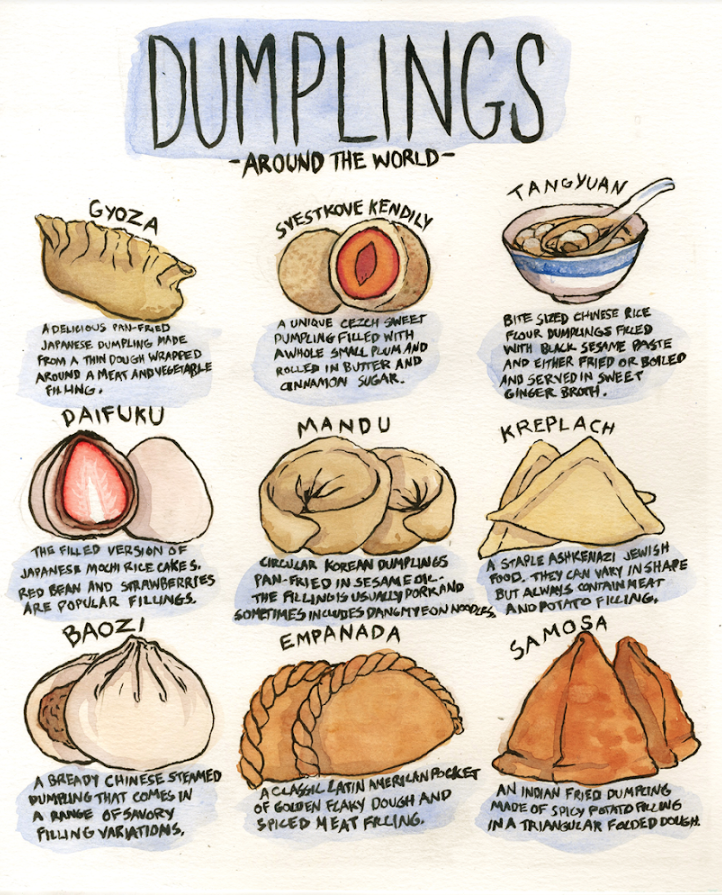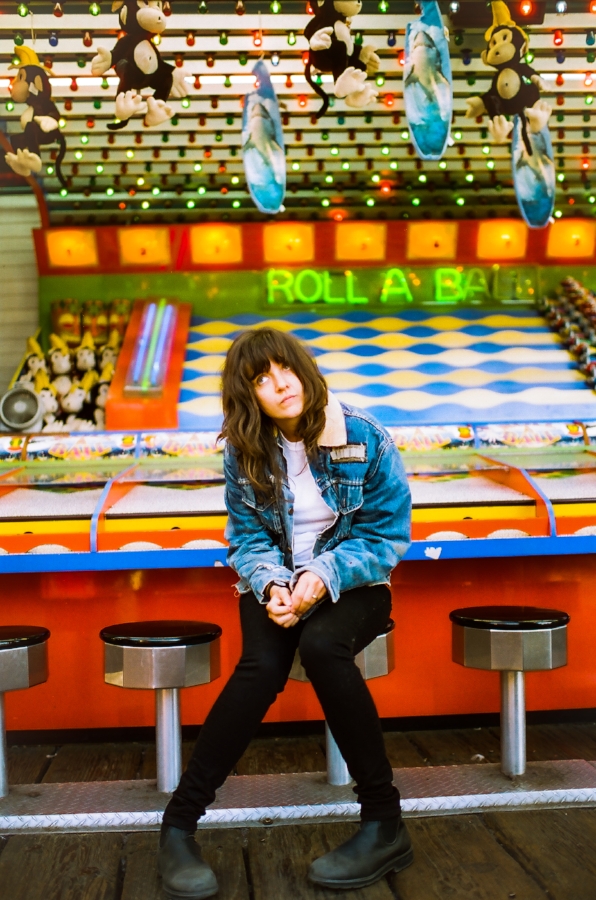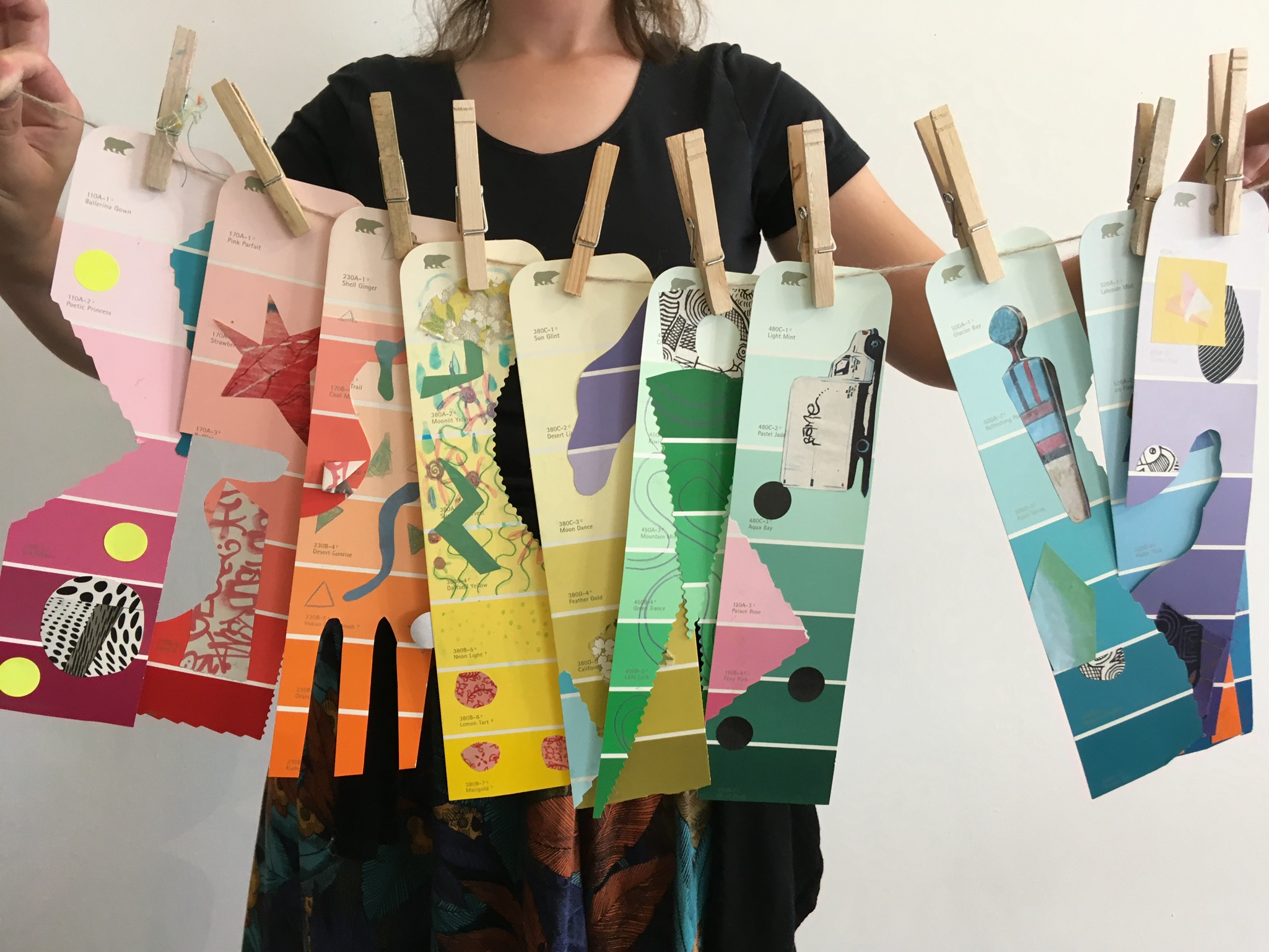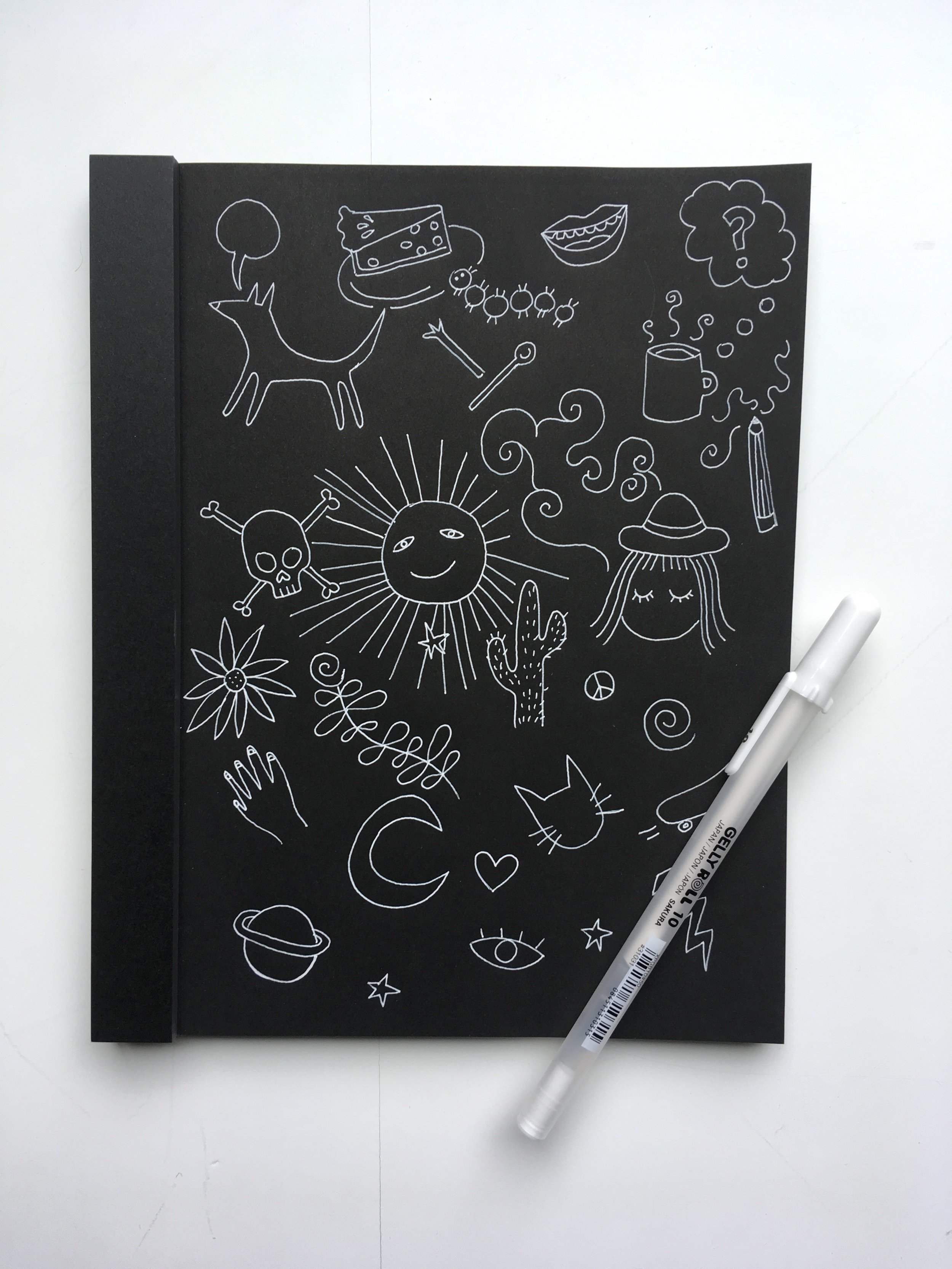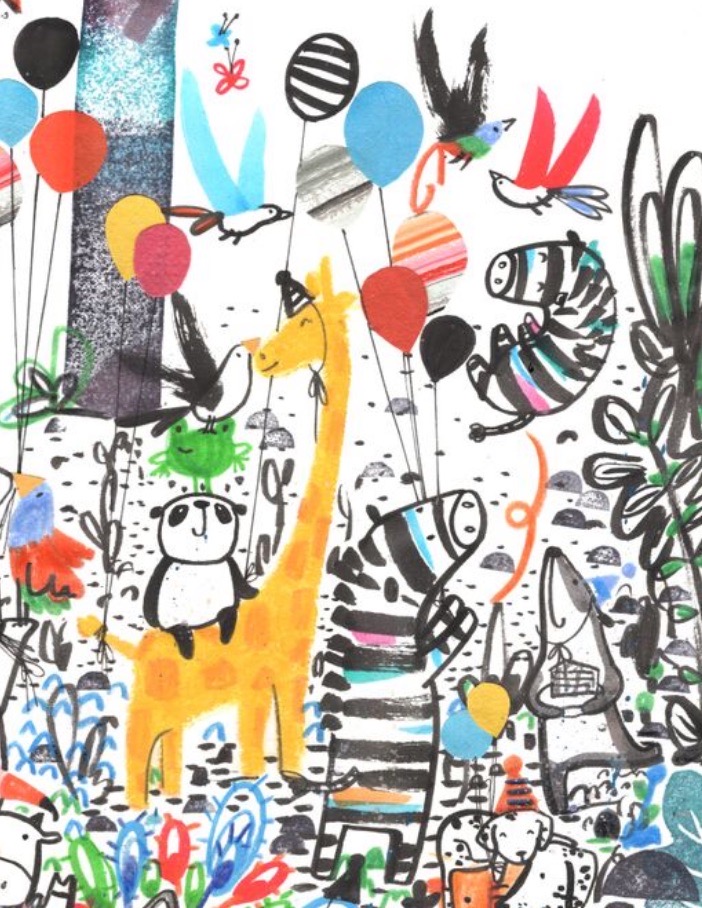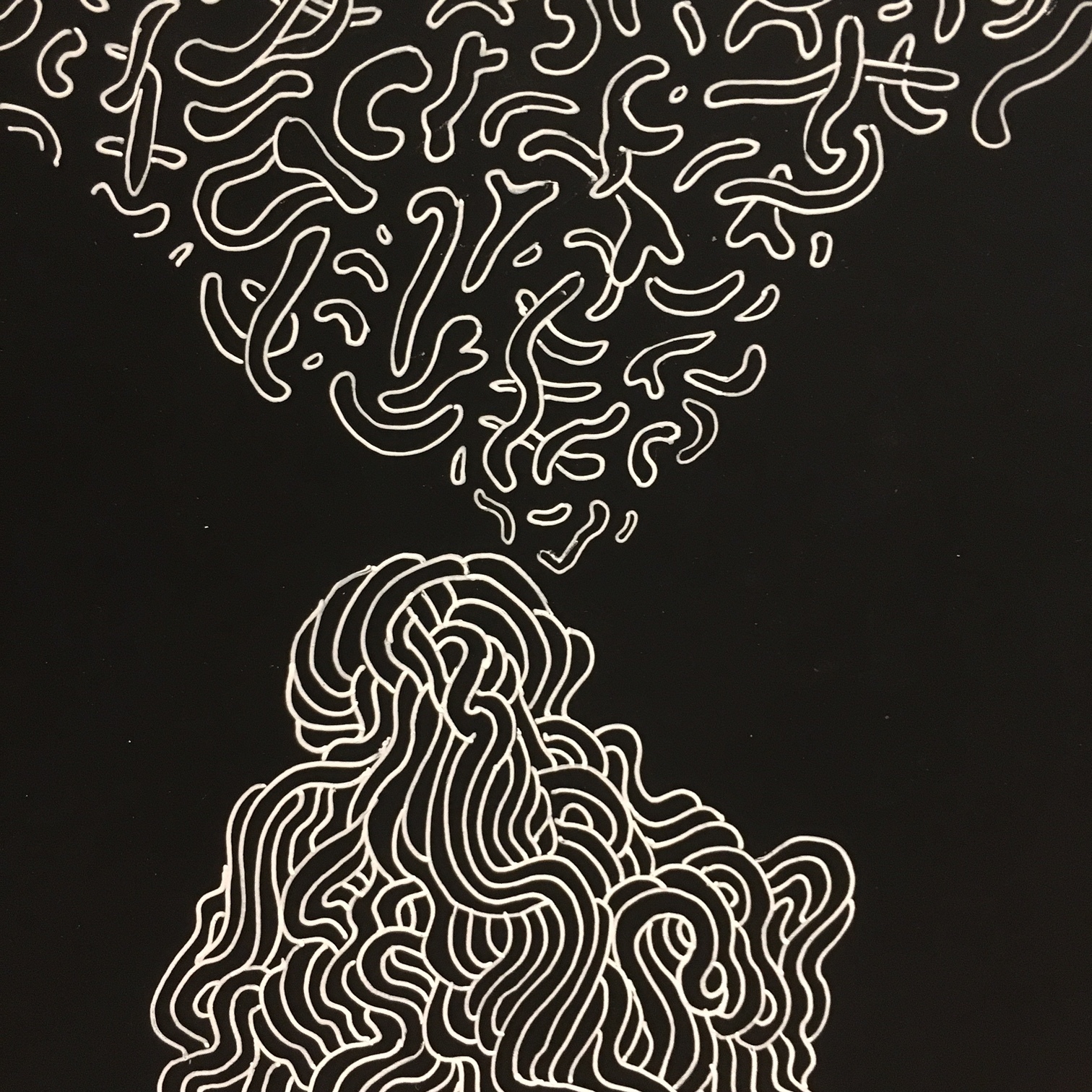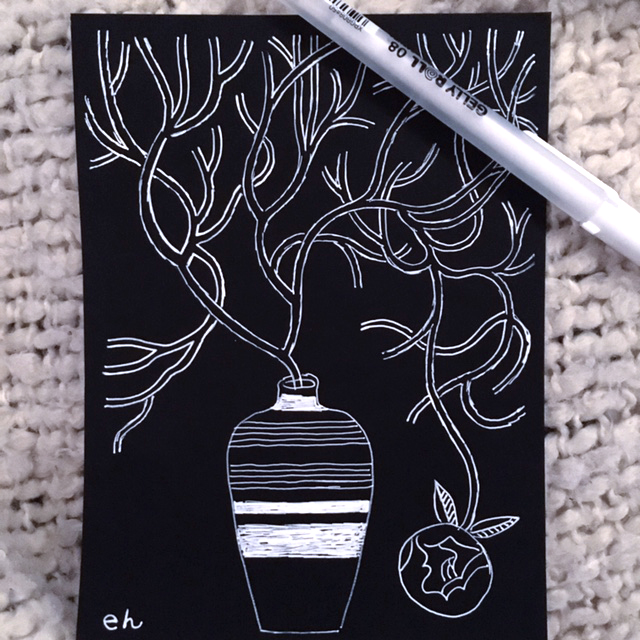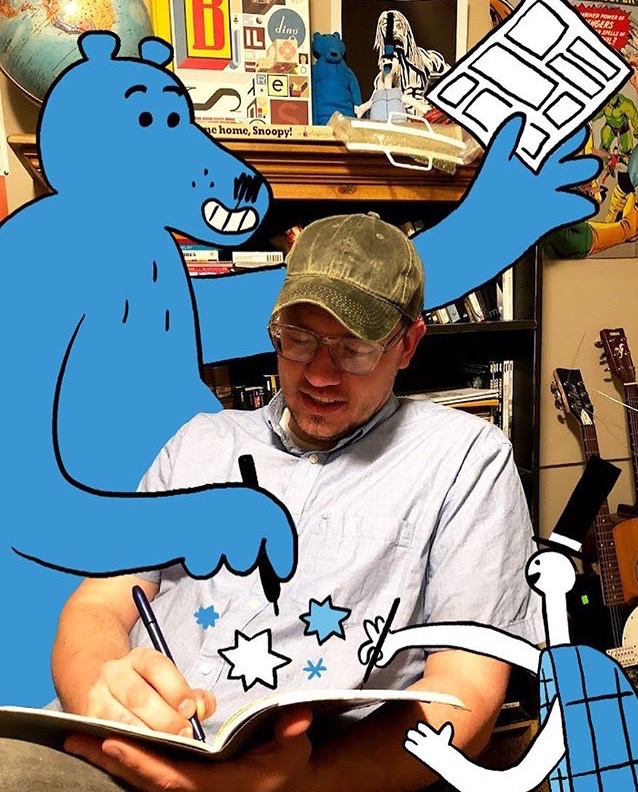Watercolor-Resist Cards for Mother's Day
Mother’s Day is just around the corner… do you have your card ready? Not to fear, we’ve got you covered! Using Sakura’s awesomely vibrant Koi Water Colors and some oil pastels, you can whip up a beautiful and unique card that will make your mom, grandma, or the motherly friend in your life swoon. Better yet, it will make the fridge where it will likely be magnet-ed shine with beauty.
Watercolor-resist techniques involve putting a layer of oily pigment or tape onto your surface first, so when you apply the watercolor, it resists, or avoids, the oil or tape. It’s an awesome trick to try when you want to reveal a hidden message with color, or when you’re hitting an art-block and want to experiment with materials to spark a new idea.
Materials:
Koi Water Colors
Watercolor paper
oil pastel (Sakura’s Cray-Pas pastels work great!) or china marker
Step 1: Draw your Mother’s Day message on your watercolor paper with an oil pastel or china marker. Be sure to make your letters nice and thick with lots of layer of pigment.
Your message will start off invisible… just wait ‘til we add color!
Step 2: Reveal your invisible message by painting on top of it with Sakura’s Koi Watercolors! We love the day-glo colors of this watercolor set. It even comes with a little mixing tray and refillable watercolor brush, making it portable and perfect for travel. Just fill up the bottom half of the brush with water and screw on the top. Squeeze the brush for water to fill the brush tip, and then mix it with your watercolors to create your shade!
Sakura’s Koi Watercolor set even has two side sponges for you to clean your brush. So compact!
Step 3: Once you’ve painted to your heart’s content, leave out the cards to dry. Your unique Mother’s Day card is complete! Now all it needs is a sweet message on the back. :-)
If you loved this DIY, you won’t want to miss our special Mother’s Day giveaway of a copy of ILLUSTORIA’s Issue #8: Home and your very own Sakura Koi Watercolor set! It’s the perfect gift to self or the creative mom in your life. Check out our instagram post for entry.
Huge thanks to Sakura of America for their continued support and sponsorship of our publication. They help to bring artfulness into our magazine and into your home with every issue.






